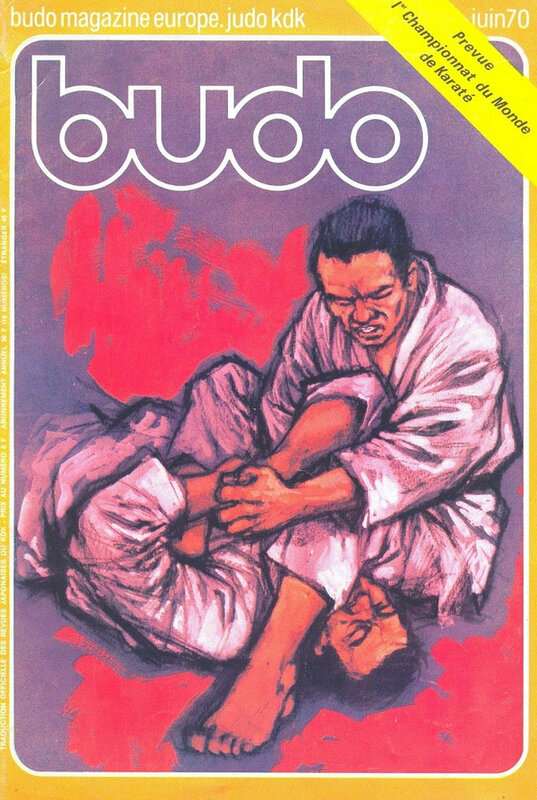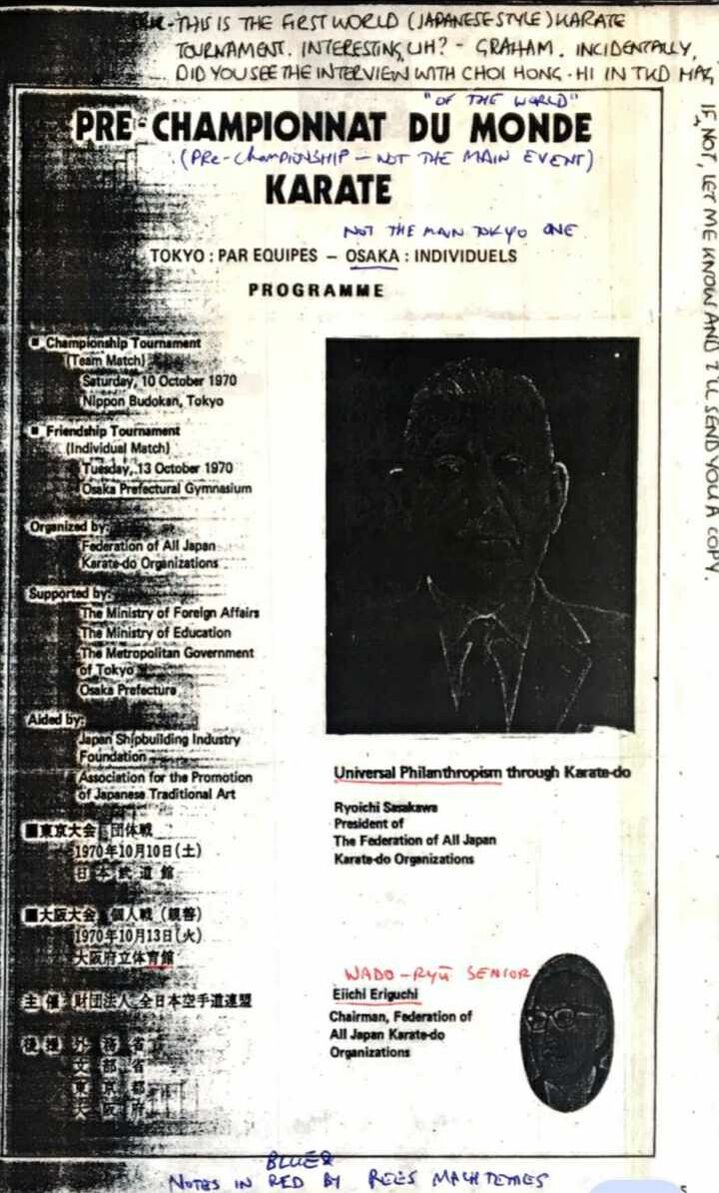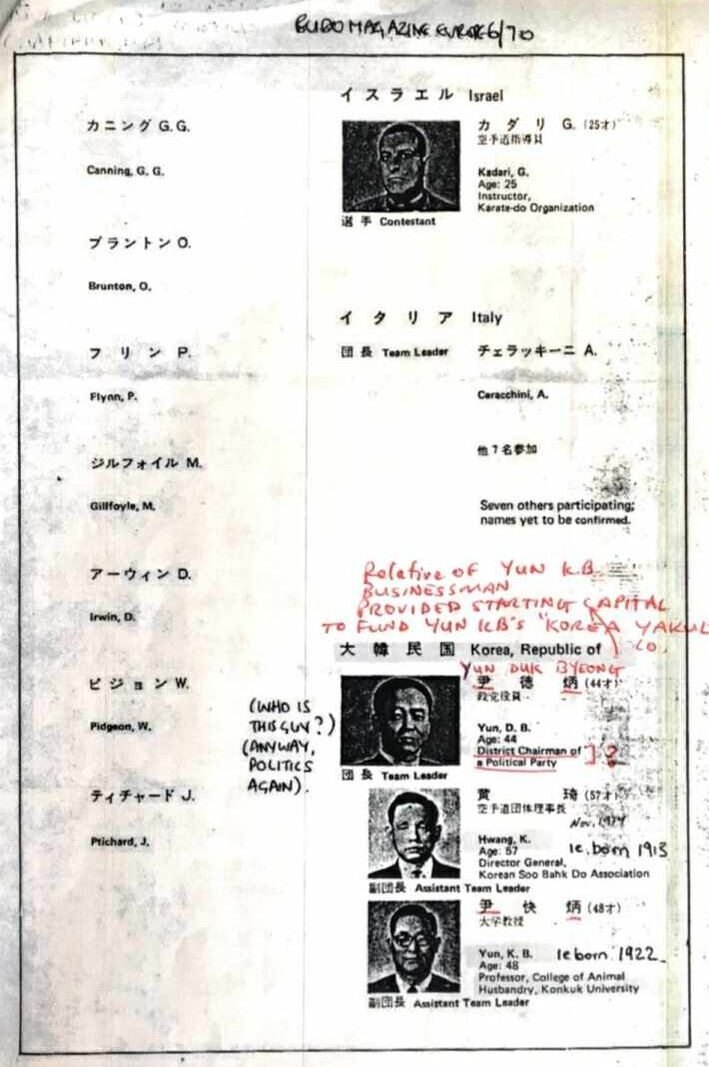The American Jidokwan Association is divided into two branches: Taekwondo and Tang Soo Do. Each branch operates independently under the umbrella of the AJA, with their own curriculum and requirements, and serves a different purpose. For a complete list of poomsae/hyung taught by the American Jidokwan Association, click here.
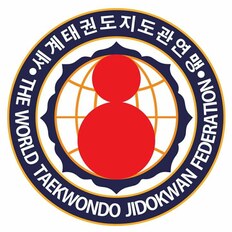
Jidokwan Taekwondo, one of the original nine kwans of Korean Karate, still exists under the authority of the World Taekwondo Jidokwan Federation. Our organization serves as an official branch of the WTJF, providing our members with official certifications from Korea. The curriculum required for certification is that of the Jidokwan itself, including the Palgwe series of forms (the newer Taegeuk series is also acceptable), the KTA yudanja series, and several older poomsae still maintained from Jidokwan's Kong Soo Do origins. While Dan certifications come directly from Korea, the AJA also provides its members with Instructor Certifications and official school charters to teach the Jidokwan system.
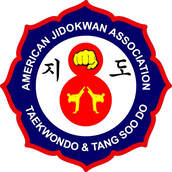
American Jidokwan Tang Soo Do is our personal expression of Korean Karate, and preserves the study of older training methods and curriculum that predate the evolution of modern Taekwondo. AJTSD is a combative system with extensive training requirements, in addition to the usual hyung (poomsae), kyorugi (sparring), and kyukpa (breaking). Because the focus of AJTSD is on practical self defense training, students are also required to demonstrate proficiency in Hanki Yusul (Hapkido) and Yudo (Judo) as they progress in rank, and separate certifications in these arts are available to those who meet the requirements. Students of AJTSD are eligible for Tang Soo Do certification from Korea through the World Tang Soo Do General Federation.
"But how can Jidokwan be Tang Soo Do?"
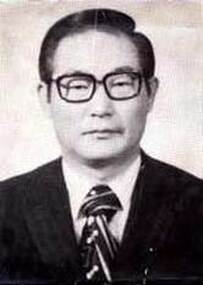 Yoon Kwe Byung
Yoon Kwe Byung
When all of the Kwans were first established in Korea, they used terms like Tang Soo Do 唐手道, Kong Soo Do 空手道, and Kwon Bup 拳法 to describe their art. These terms are Korean translations of Tode-Do (Way of the Chinese Hand), Karatedo (Way of the Empty Hand), and Kempo (Law of the Fist) respectively. The founders of the Kwans learned Karate from the Japanese, and that is what they taught.
Jidokwan, specifically, has its roots in both Shotokan (through Chun Sang Sup), as well as Shito Ryu Karate and Shudokan Karate (through Yoon Kwe Byung). Yoon had actually run a martial arts school in Japan during the 1940s (the Kanbukan, later renamed Renbukan) as a sister school to the Shudokan. When he returned to Korea, he was hired by Chun Sang Sup to teach at the Yun Moo Kwan Kong Soo Do Bup (which would later become Jidokwan). Yoon is also reported to have taught Tang Soo Do/Kong Soo Do at 3 different universities. Yoon was voted as Chun Sang Sup's successor in 1953, after the latter's disappearance. Under his tutelage, the Jidokwan became one of the leading schools of the era and gained a reputation as ferocious fighters. While initially abstaining from using the name "Taekwondo," Yoon worked hard in the late 1950s towards Kwan unification under the Korea Kong Soo Do Association. He would also later join Hwang Kee's Korea Soo Bahk Do Association.
Jidokwan, specifically, has its roots in both Shotokan (through Chun Sang Sup), as well as Shito Ryu Karate and Shudokan Karate (through Yoon Kwe Byung). Yoon had actually run a martial arts school in Japan during the 1940s (the Kanbukan, later renamed Renbukan) as a sister school to the Shudokan. When he returned to Korea, he was hired by Chun Sang Sup to teach at the Yun Moo Kwan Kong Soo Do Bup (which would later become Jidokwan). Yoon is also reported to have taught Tang Soo Do/Kong Soo Do at 3 different universities. Yoon was voted as Chun Sang Sup's successor in 1953, after the latter's disappearance. Under his tutelage, the Jidokwan became one of the leading schools of the era and gained a reputation as ferocious fighters. While initially abstaining from using the name "Taekwondo," Yoon worked hard in the late 1950s towards Kwan unification under the Korea Kong Soo Do Association. He would also later join Hwang Kee's Korea Soo Bahk Do Association.
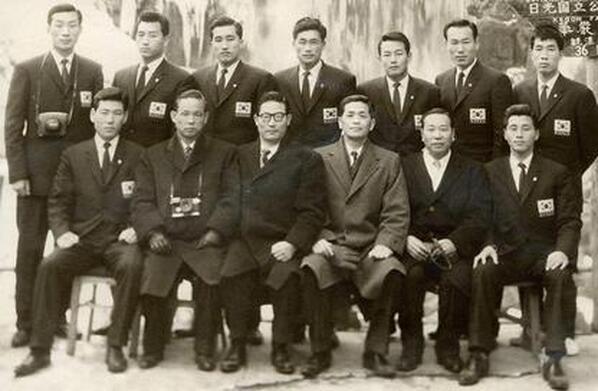
In 1961, Yoon Kwe Byung and Hwang Kee took a unified Jidokwan/Moo Duk Kwan team to Japan on an exchange trip, where the two would subsequently join the Federation of All Japan Karatedo Organizations (FAJKO) and the Asian Karate Federation. It during this trip that Yoon and Hwang witnessed bogu kumite, would bring back 4 bogu (hogu in Korean) to Korea, which were later adopted by the Korea Taekwondo Association for use in tournaments.
In 1970, Yoon and Hwang would return to Japan for the FAJKO Pre-Championship tournament in Osaka. This event would also mark the beginning of WUKO (World Union of Karatedo Organizations), and Yoon and Hwang are credited among the founding members.
In 1970, Yoon and Hwang would return to Japan for the FAJKO Pre-Championship tournament in Osaka. This event would also mark the beginning of WUKO (World Union of Karatedo Organizations), and Yoon and Hwang are credited among the founding members.
Budo Magazine Europe, June 1970. Scans provided by Rees Machtemes.
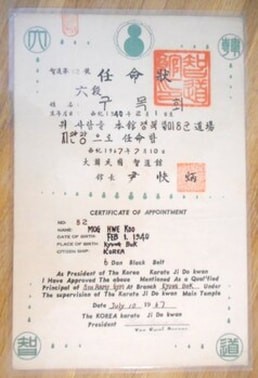
Furthermore, the certifications issued by Yoon Kwe Byung (like shown here) were issued under the "Korea Karate Ji Do Kwan." It wasn't until Lee Chong Woo became President of Jidokwan that they joined the Korea Taekwondo Association, and began using the term "Taekwondo" to describe their art, seeing more growth potential there and describing the Korea Soo Bahk Do Association as "old fashioned and rigid." However, Jidokwan's roots have always been Korean Karate (Tang Soo Do/Kong Soo Do) long after the rest of the kwans became Taekwondo.
Our Tang Soo Do branch of the American Jidokwan Association pays homage to our art's history, teaching the original Shotokan and Shito Ryu kata/hyung and preserving historical Jidokwan while emphasizing practical self defense training.
As the Jidokwan in Korea has adopted the KTA/Kukkiwon curriculum and no longer teaches the older Karate kata, we have also joined the World Tang Soo Do General Federation in Korea to provide our Tang Soo Do students with another layer of legitimacy and certification. As such, all AJTSD students are eligible to receive Dan ranking from the WTSDGF.
Our Tang Soo Do branch of the American Jidokwan Association pays homage to our art's history, teaching the original Shotokan and Shito Ryu kata/hyung and preserving historical Jidokwan while emphasizing practical self defense training.
As the Jidokwan in Korea has adopted the KTA/Kukkiwon curriculum and no longer teaches the older Karate kata, we have also joined the World Tang Soo Do General Federation in Korea to provide our Tang Soo Do students with another layer of legitimacy and certification. As such, all AJTSD students are eligible to receive Dan ranking from the WTSDGF.

